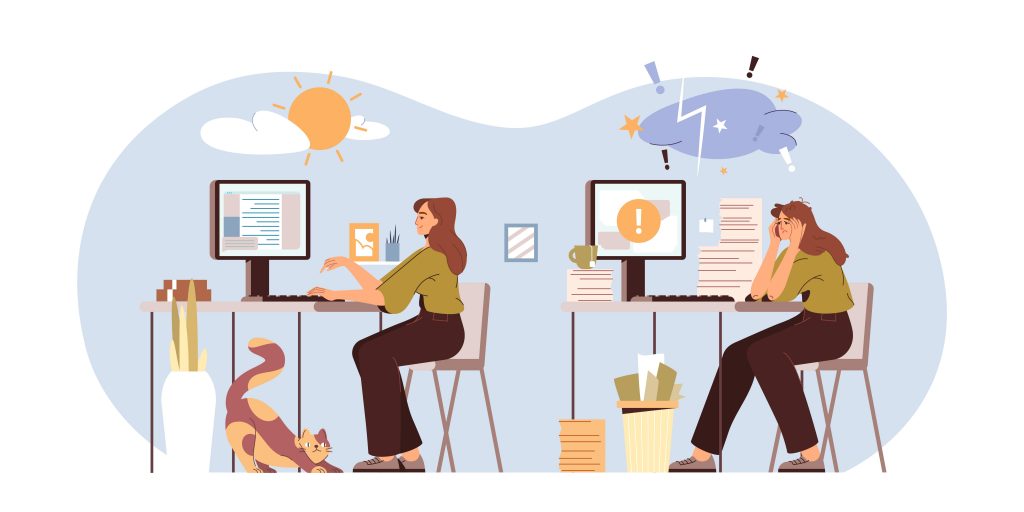Wellness Statistics You Should be Aware Of
The next time you see a lethargic employee dozing off, it might be more than just a lack of sleep. Telling an employee to go home early and get some rest may not be enough. There are underlying causes that leaders or bosses should know. It’s not employees are just physically exhausted. They can be mentally, emotionally and psychologically tired too. Their well-being might also be at stake! Organizations should be watchful and recognize which employees exhibit the signs above. The things you should know. First, a study showed that front-line employees are the most susceptible to burnout. Those who deal with customers daily can feel drained at the end of the day. Second, the same study found that 16% of employees experience work conditions that affect their sleep. Again, this should be a wake-up call for management. Third, 25% of employees feel exhausted after an average day at work. Fourth, about a third of employees start the day low on energy. The personal lives of employees can affect their job performance. For instance, most people think of bills to pay, the health of loved ones and the state of their personal relationships. It’s easy to tell them to remain focused while at work. But, if workplace conditions increase stress and anxiety, employees and the organization suffer. The things you can do. 1. Assign functions judiciously. As a means of staying afloat or profitable, organizations usually downsize. Additional responsibilities are passed on to the remaining employees. It’s common now for departments to take charge of functions unrelated to their area of expertise. It’s best for management to study which worker can handle more work. It isn’t enough to determine if a person has the required skills. One of the questions you must answer is whether that person can handle more stress. 2. Conduct job evaluations regularly. Ideally, employees should enjoy their job. But, maybe they are lethargic because there are tasks that they dislike doing. Or they no longer find their work motivating. As a result, they’re no longer excited to get to work. 3. Evaluate your physical workplace. Cramped cubicles, uncomfortable chairs, poor ventilation and lighting have adverse effects. Keep in mind that employees spend at least 8 hours a day at work. 4. Create or Update your Wellness Program. It doesn’t matter if you lead or manage a small organization. These programs aren’t for big groups only. Consider the following benefits: a. Improved employee health habits. b. Reduced stress and anxiety. c. Improved employee performance. d. Lower health care costs. Feature photo: Burnout vector created by redgreystock
Wellness Statistics You Should be Aware Of Đọc thêm »




